Hot Products
- Lavender Essential Oil
- Jasmine Essential Oil
- Rose Essential Oil
- Ylang Ylang Essential Oil
- Patchouli Essential Oil
- Sandalwood Essential Oil
- Helichrysum Essential Oil
- Neroli Essential Oil
- Chamomile Essential Oil
- Clary Sage Essential Oil
- Eucalyptus Essential Oil
- Lemon Essential Oil
- Lemongrass Essential Oil
- Orange Essential Oil
- Peppermint Essential Oil
- Rosemary Essential Oil
- Tea Tree Essential Oil

Kewra Water
Kewra Water
Reaching up to a height of 60 feet in its native land this tropical plant comes from Africa, Polynesia, Australia, and India. Its trunks are ringed with horizontal leaf scars, and roots which grow from miscellaneous spots on the trunk and main stems into the ground. It also acts as a strong base and reduces the danger of the tree being blown over during storms. The leaves are shaped like long, thin swords, 2-3 feet in length. Large clusters of male and female hidden flowers are produced on them. The female flowers are followed by large, fleshy fruits that resemble cones. Flowers are not produced when they are small, but they are still often grown for their ornamental foliage. They are easy to grow and make nice houseplants.
| General Name: | Kewra Water |
| Botanical Name: | Pandanus Odoratissimus |
| Method of Extraction: | Hydro Distillation |
| Part of Plant Used: | Leaves and Flowers |
| Origin: | India |
| Application: | Because of its characteristic aroma it is prominently used in the food industry. Kewra water is also used as spice. It has extensive usage in pharmaceutical industry as it has antiviral, anti-allergen, anti-inflammatory, and anti-oxidant properties. |
| Strength of Aroma: | Strong |
| Color: | Colorless to pale yellow |
| Blends Well With: | Ylang ylang |
| Aromatic Scent: | Sweet Floral |
| History: | Kewda is one of the flowers which is dear to the Indian heart. It is both cultivated and grown wild in coastal areas. Though it can be found in some inland districts but the flowers seem to be at their best in certain coastal localities, the most famous being the Ganjam district of Orrisa. The tree/shrub can reach a height of 18 feet. The flowers have to be plucked early in the morning, as they lose their fragrance quickly after opening. |
| Precautions: | Nothing in particular. It is non-toxic and can be consumed internally with proper dilution. |





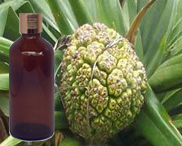

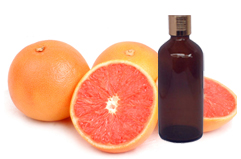
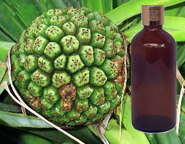
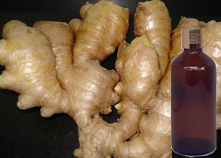
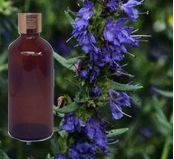

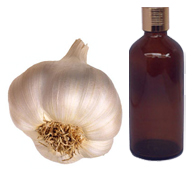
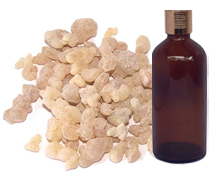
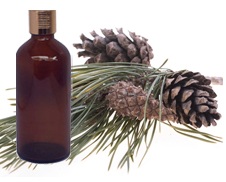
 E-mail:
E-mail:  MSN:
MSN: SKYPE:
SKYPE: